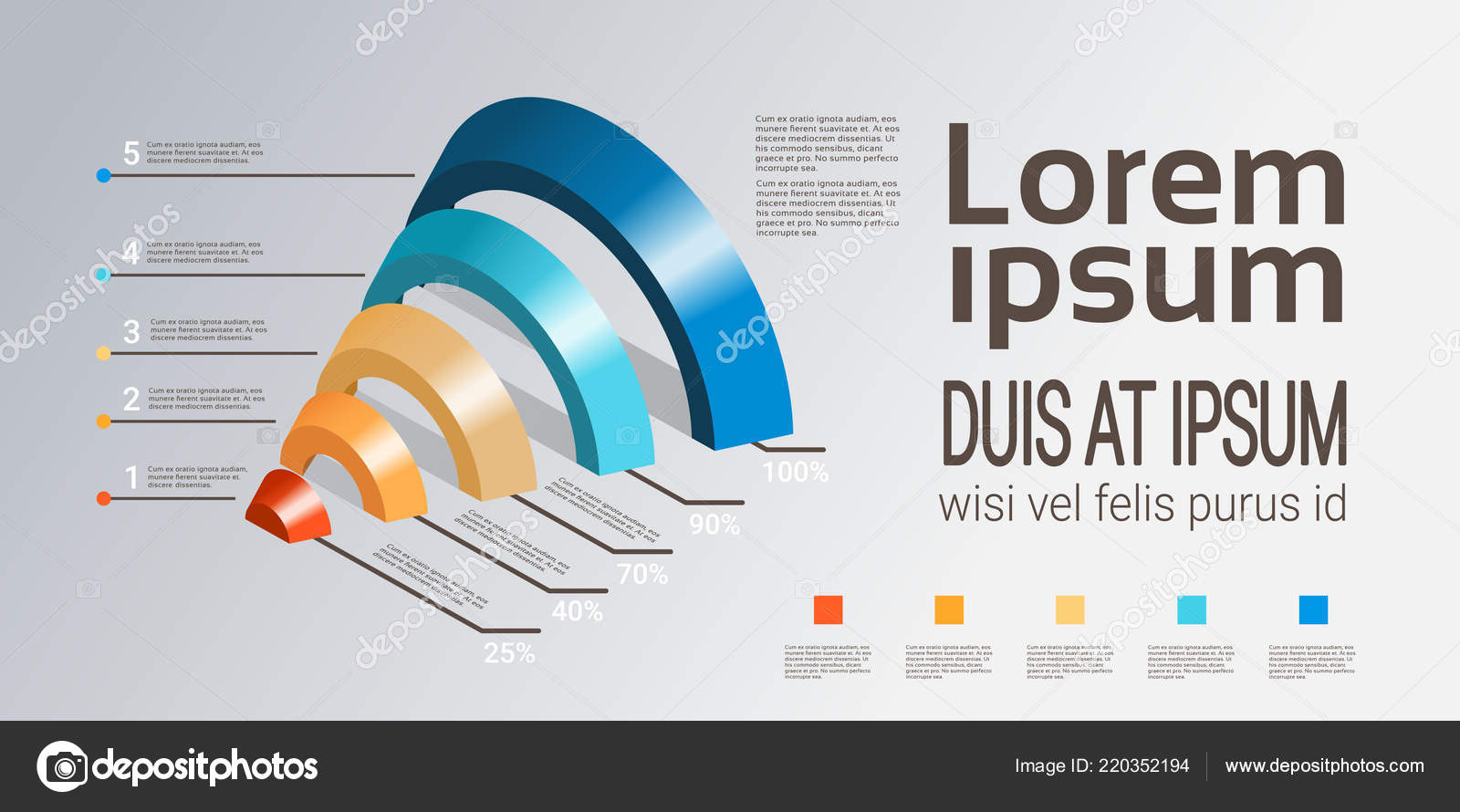Fascinated In Learning Just How Web Site Layout Has Changed Throughout The Years? Discover The Journey
Fascinated In Learning Just How Web Site Layout Has Changed Throughout The Years? Discover The Journey
Blog Article
Composed By-Thorsen Hyldgaard
In the past, sites were easy and concentrated on info. Navigating was direct, and layout was for desktops. Now, search engine optimization in web development is vital. https://www.law.com/njlawjournal/2022/07/01/the-importance-of-accessibility-in-your-law-firms-seo-and-digital-marketing-strategy/ overviews styles for easy navigating. Responsive layouts match various gadgets. Today, dark mode reduces pressure, and minimalist menus improve navigation. Interactive features engage customers, and vibrant visuals stand apart. AI assimilation improves interaction. See how style has actually advanced to improve your on-line trip.
Early Days of Website Design
In the very early days of web design, simpleness reigned supreme. Websites were fundamental, with minimal shades, font styles, and layouts. The focus got on supplying details as opposed to flashy visuals. Customers accessed the web with sluggish dial-up links, so speed and functionality were essential.
Navigating food selections were straightforward, normally situated on top or side of the page. Web sites were created for computer, as mobile browsing wasn't yet widespread. Content was king, and developers prioritized easy readability over complex layout aspects.
HTML was the key coding language utilized, and developers had to function within its constraints. Computer animations and interactive features were minimal contrasted to today's criteria. Websites were static, with little dynamic web content or personalized customer experiences.
Rise of User-Focused Design
With the evolution of site style, a change towards user-focused design concepts has actually come to be progressively noticeable. Today, creating internet sites that focus on individual experience is crucial for involving site visitors and attaining service goals. User-focused style includes comprehending the requirements, preferences, and actions of your target audience to customize the internet site's layout, web content, and features appropriately.
Developers currently perform thorough research study, such as user surveys and use testing, to gather insights and responses straight from individuals. This data-driven technique aids in developing user-friendly navigating, clear calls-to-action, and aesthetically attractive interfaces that resonate with site visitors. By placing the user at the center of the design process, sites can provide a more customized and enjoyable experience.
Responsive design has also become a crucial element of user-focused design, making certain that web sites are maximized for different gadgets and screen sizes. This flexibility improves access and functionality, dealing with the diverse means users communicate with web sites today. Fundamentally, the increase of user-focused style signifies a change in the direction of developing electronic experiences that focus on the requirements and assumptions of the end user.
Modern Trends in Website Design
Explore the most recent fads forming website design today. One famous pattern is dark mode layout, using a sleek and modern-day look while decreasing eye strain in low-light environments. One more key fad is minimalist navigation, simplifying food selections and enhancing user experience by focusing on essential elements. Incorporating micro-interactions, such as computer animated buttons or scrolling results, can produce an extra interesting and interactive internet site. Responsive design remains essential, guaranteeing seamless customer experiences across different devices. Furthermore, utilizing strong typography and unbalanced layouts can add visual interest and draw attention to particular content.
Incorporating AI innovation, like chatbots for customer assistance or personalized referrals, improves customer involvement and enhances processes. Access has likewise become a substantial fad, with designers focusing on inclusive style techniques to deal with varied individual demands. Accepting sustainability by enhancing internet site performance for rate and efficiency is one more arising fad in web design. Teaming up with customer responses and data analytics to iterate and boost layout constantly is important for remaining relevant in the ever-evolving electronic landscape. By welcoming these contemporary fads, you can create an aesthetically attractive, user-friendly site that resonates with your target market.
Final thought
As you assess the development of site design from the very early days to currently, you can see just how user-focused style has actually become the driving force behind modern trends.
Accept the trip of adjustment and adaptation in web design, constantly maintaining the customer experience at the leading edge.
Stay present with the most up to date fads and innovations, and never stop advancing your approach to produce aesthetically magnificent and straightforward web sites.
Develop, adapt, and develop - the future of web design remains in your hands.
